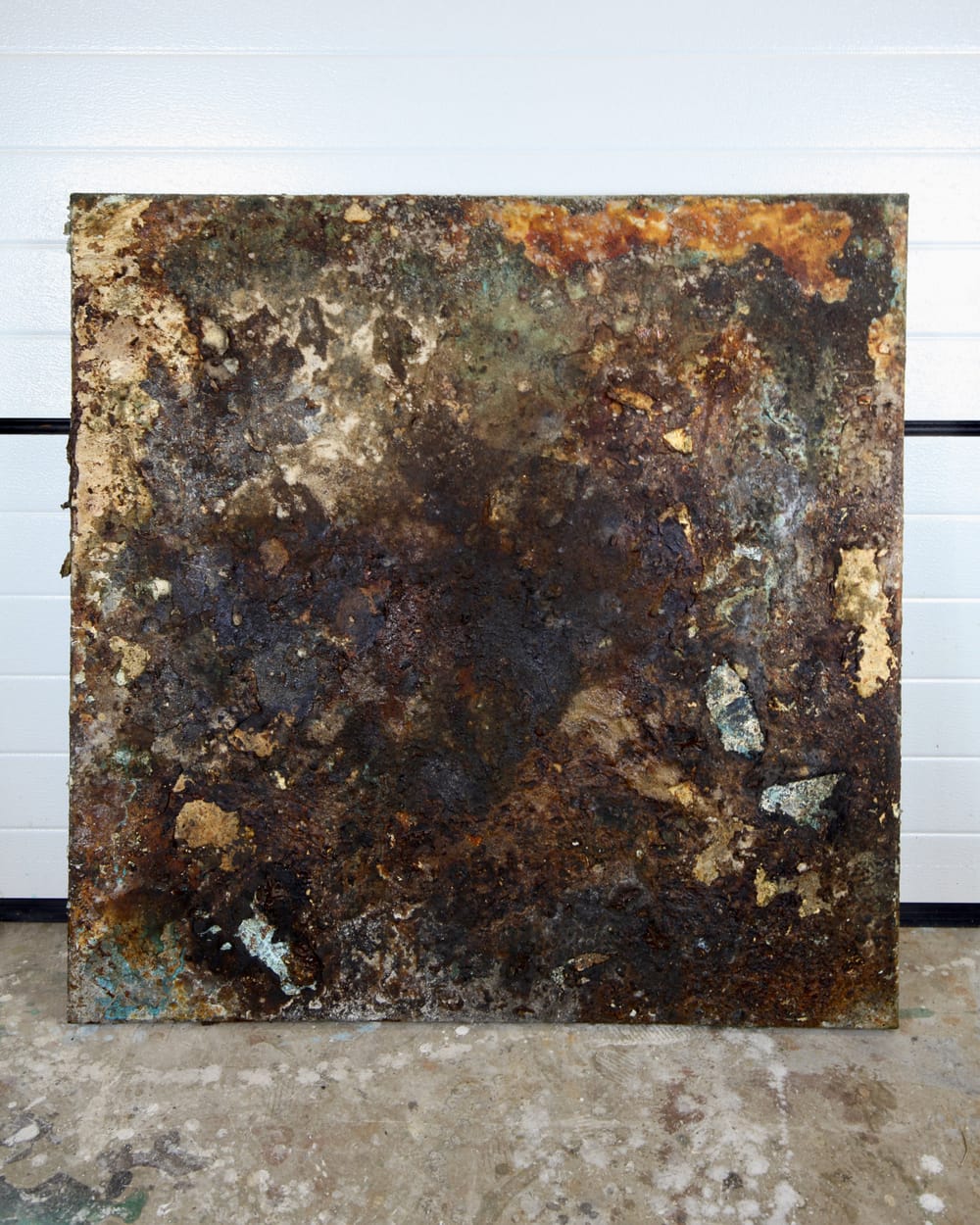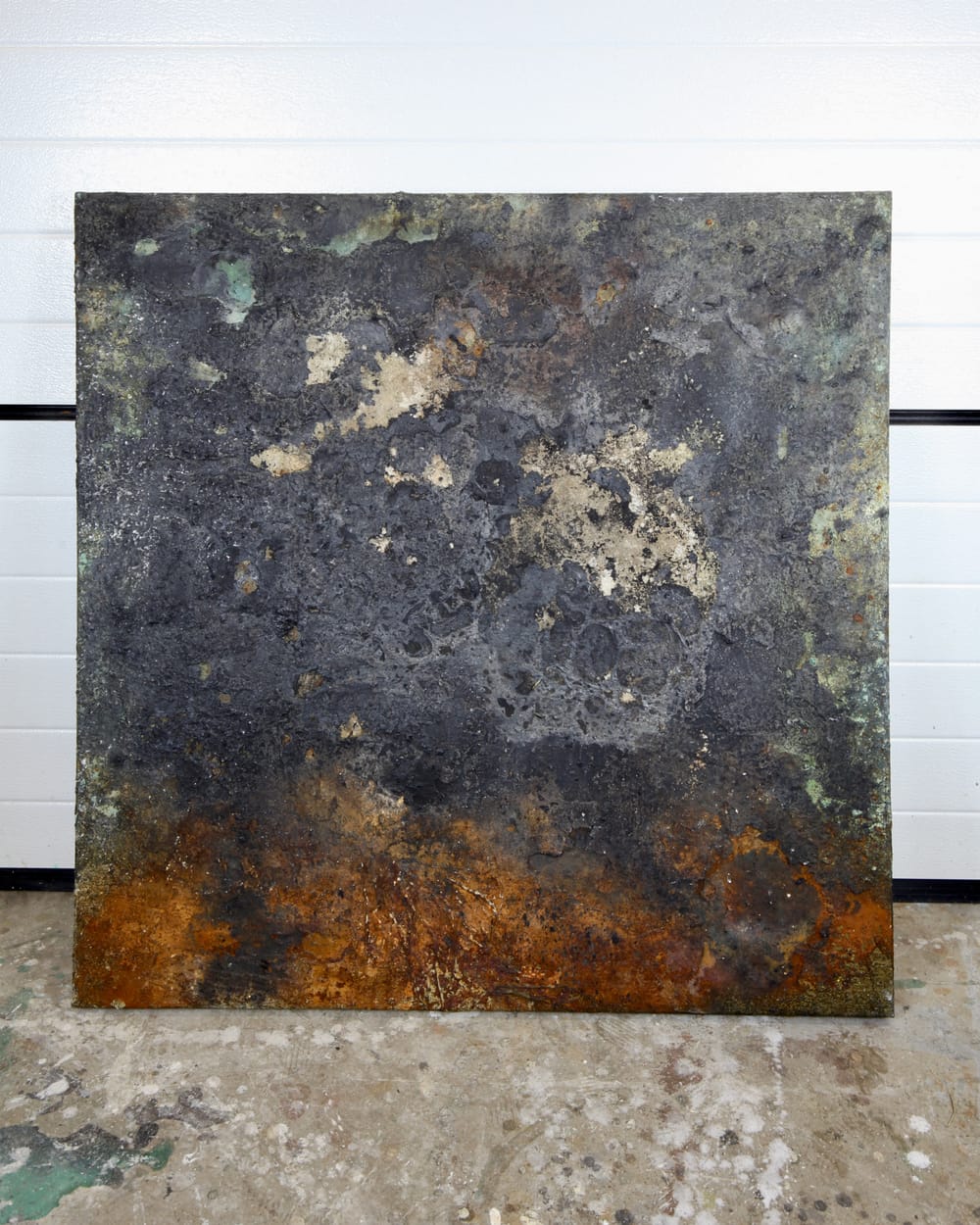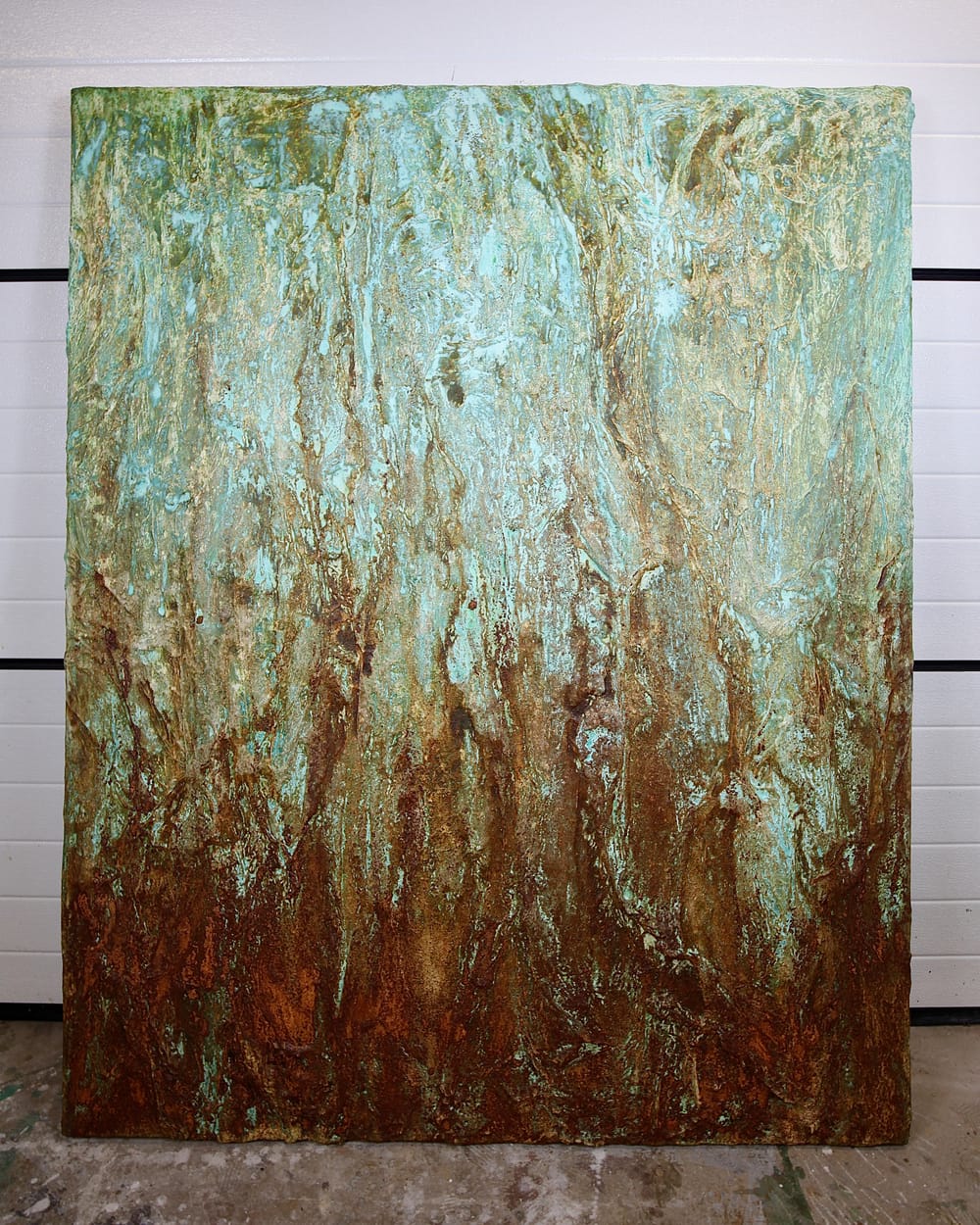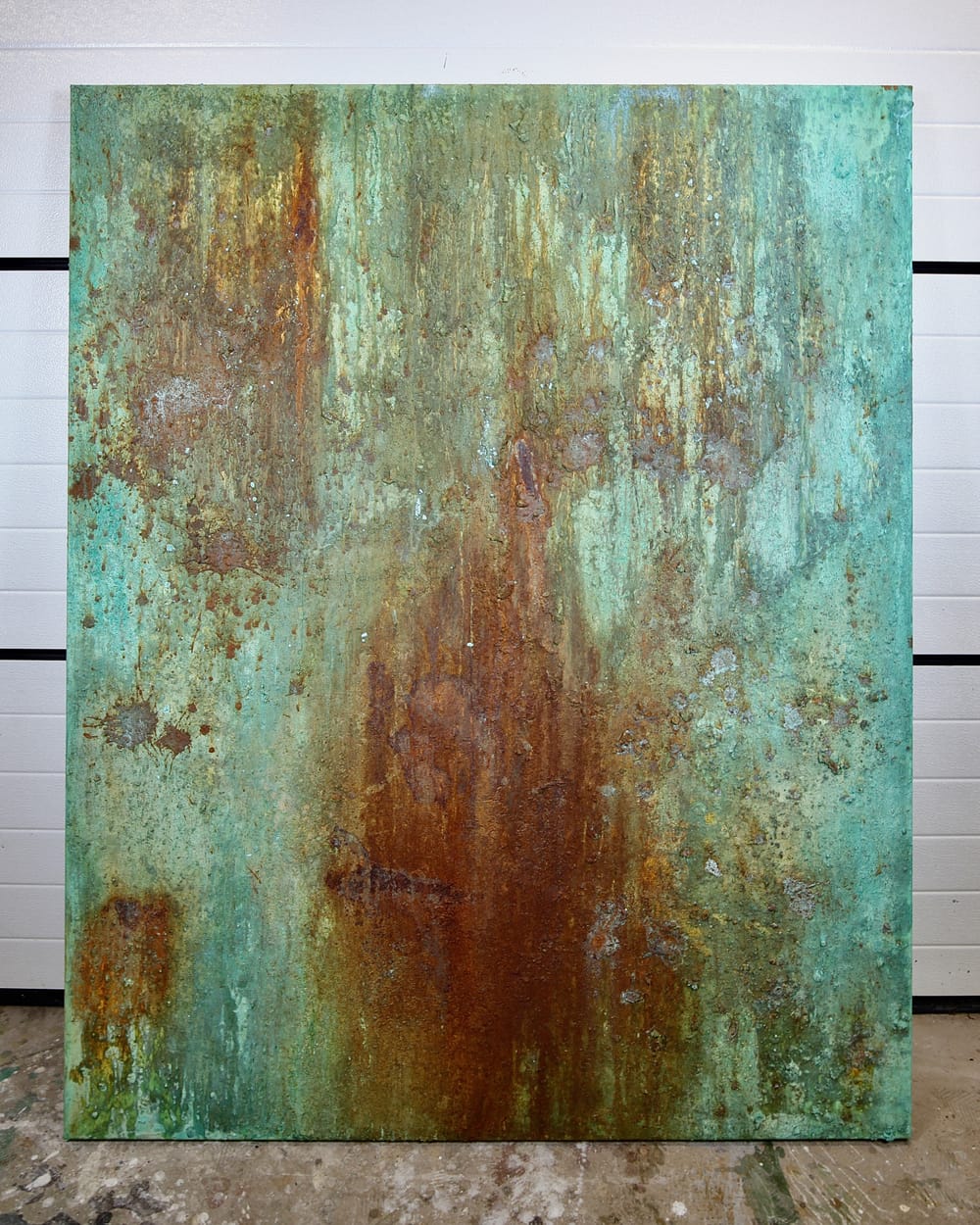It's now a little more than 11 years since I first read Chris Mcdougall's phenomenal Born to run and started experimenting with barefoot running on the beach myself.
I spent months (re)learning the basic running technique; unlearning the bad, acquired habits. In many ways a start from scratch and it took me most of a year before I got my pace just roughly back to where I like it to be. Forming good habits take time.
If you can run as—and as often and as far as—you want, don't change anything in the way you do it. . . That goes without saying. But if the opposite is the case, it might not be completely crazy to try a new and radically different approach.
In the end, my goodbye to pronation compensating running shoes, gel heels and insoles also turned out to be a goodbye to an otherwise chronic recurring knee injury that had bothered me on/off since my early 20s.
Today I only run naked, as in flat zero drop shoes or bare feet, and never with timing or tracking. 18 marathons and 5 ultra races, and tens of thousands of training kilometers later, I am still running injury-free.
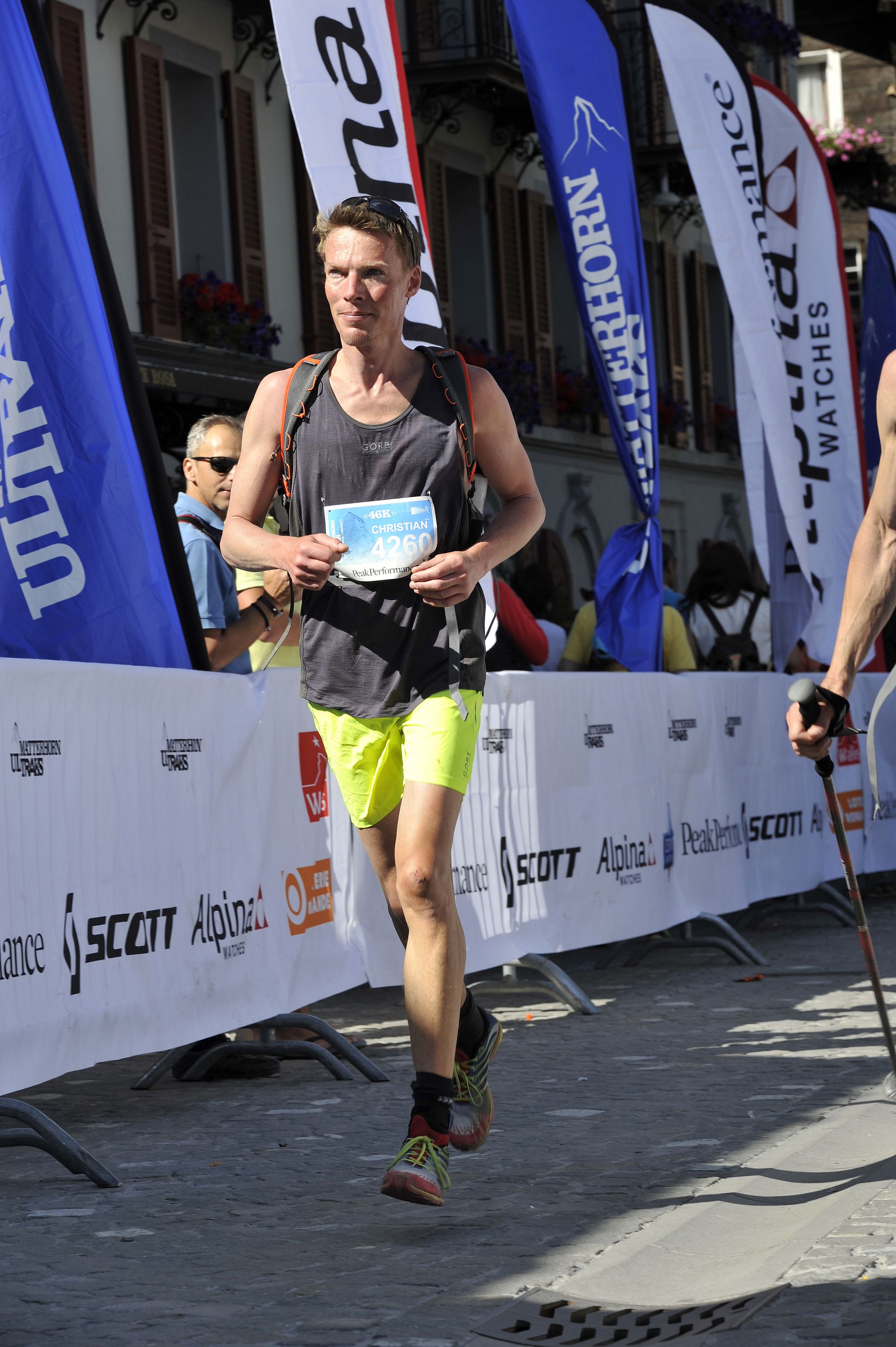
Not that natural running is necessarily right for everyone. But neither are air cushions, shock-absorbing heels, and stiff soles that dampen all sensory feedback from the feet.
(Same strategy, by the way, as far as my soundtrack is concerned: I settle for the sound of larks and rushing surf and save the motivational podcasts on climate action or personal transformation for when I'm driving or working in my studio).
If you can run as—and as often and as far as—you want, don't change anything in the way you do it. . . That goes without saying. But if the opposite is the case, it might not be completely crazy to try a new and radically different approach.
As always, and with everything else in life, it is advisable that you do not just blindly believe what you are told, but are critical and allow yourself to feel for yourself.





